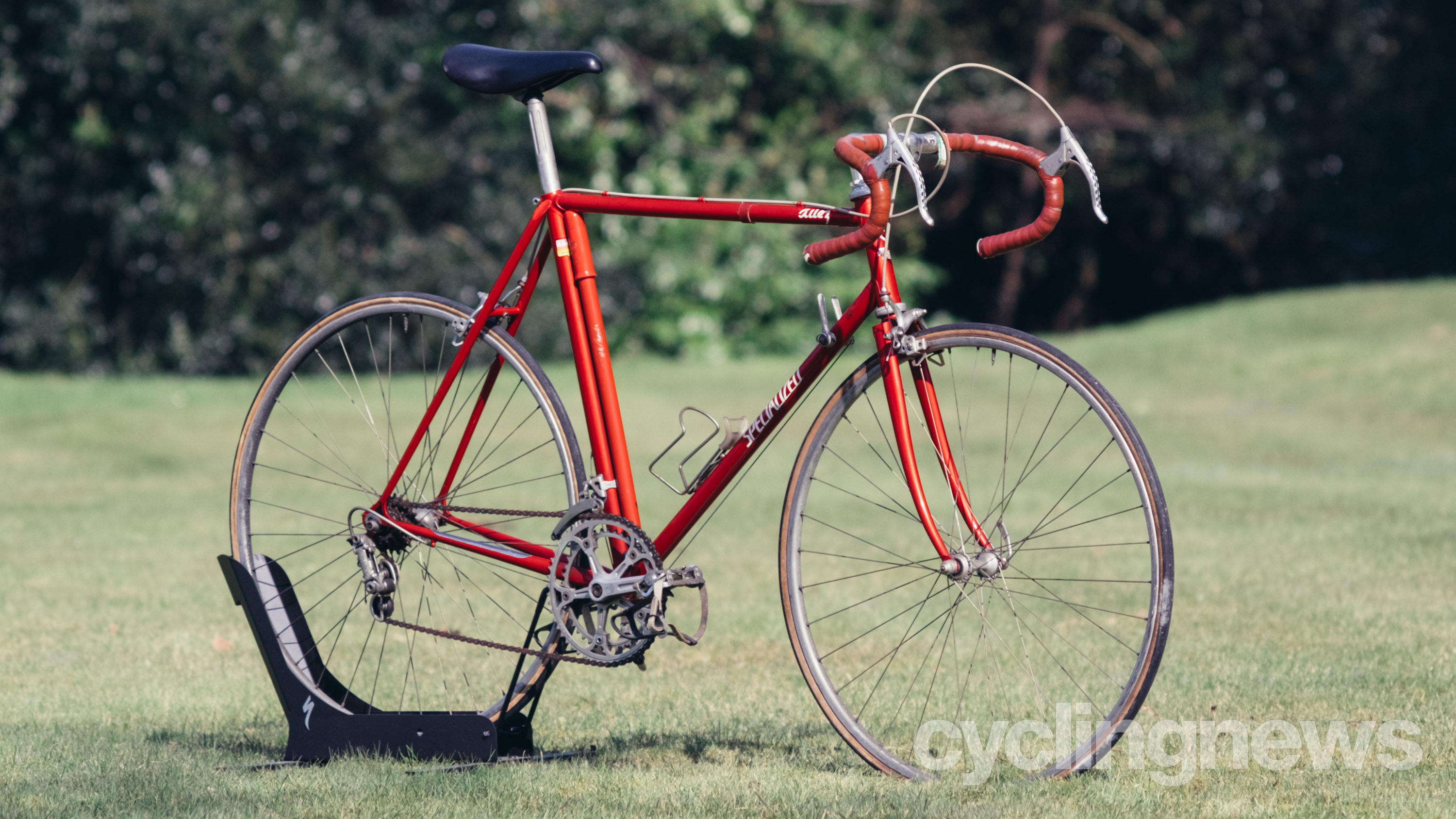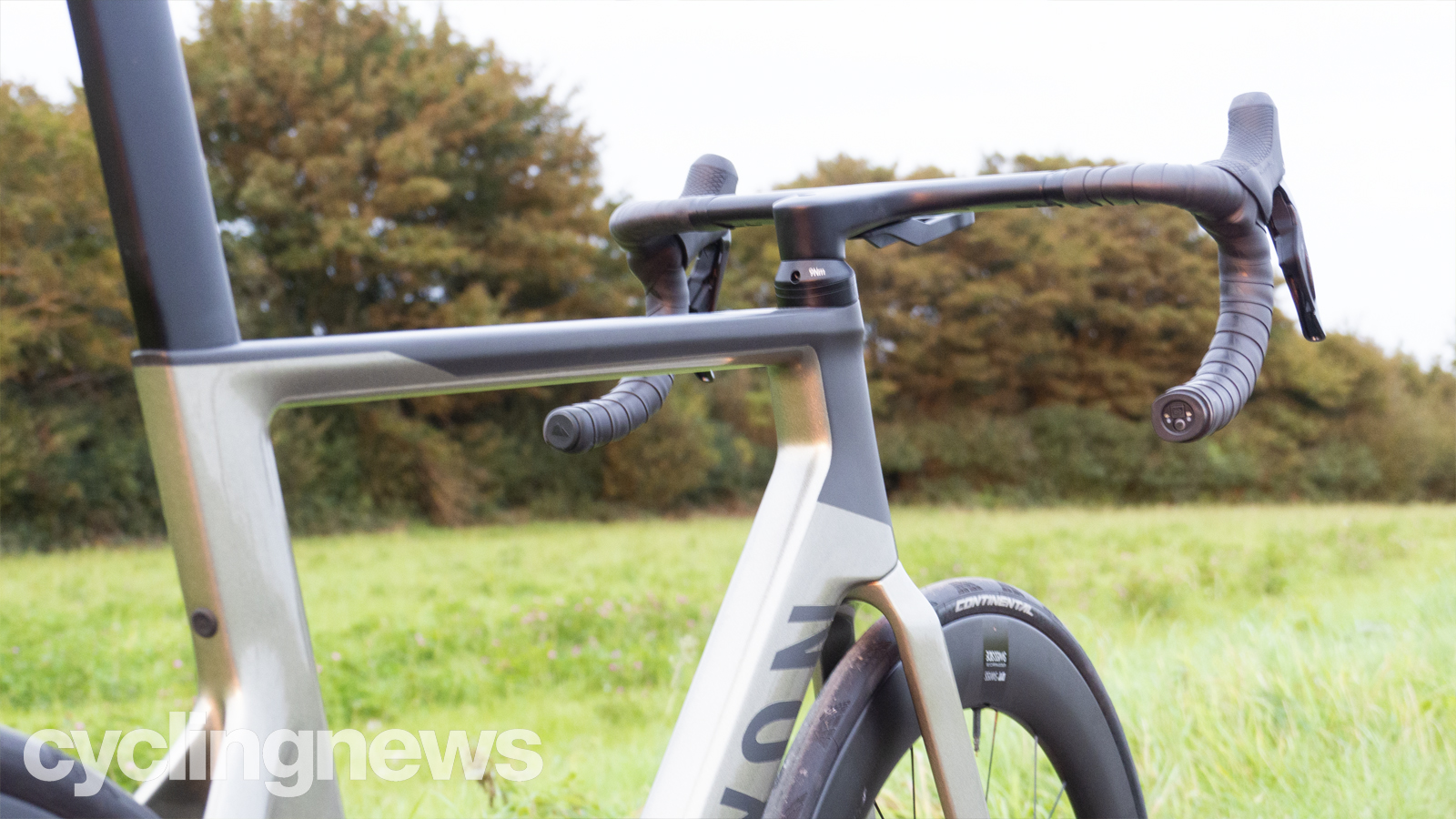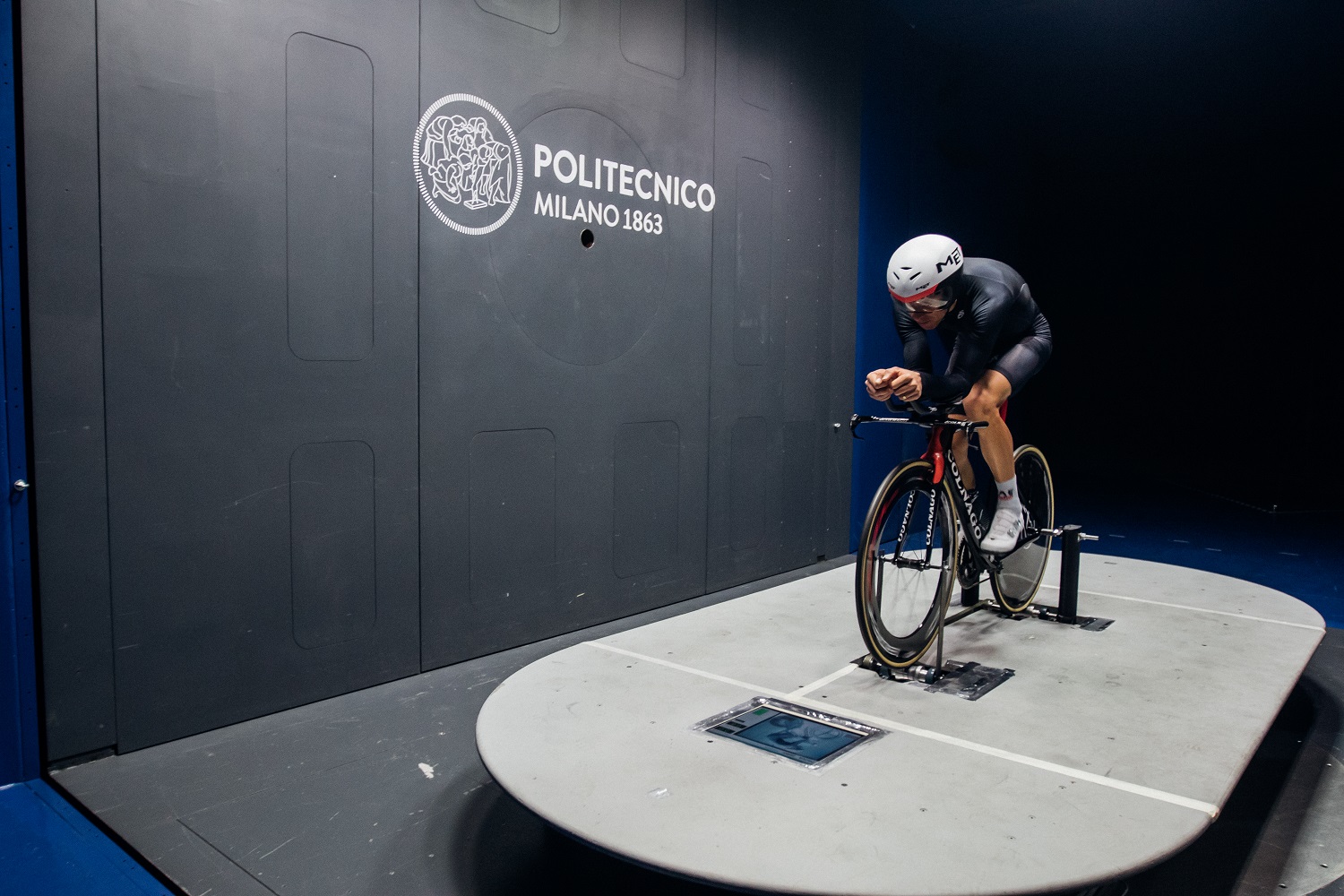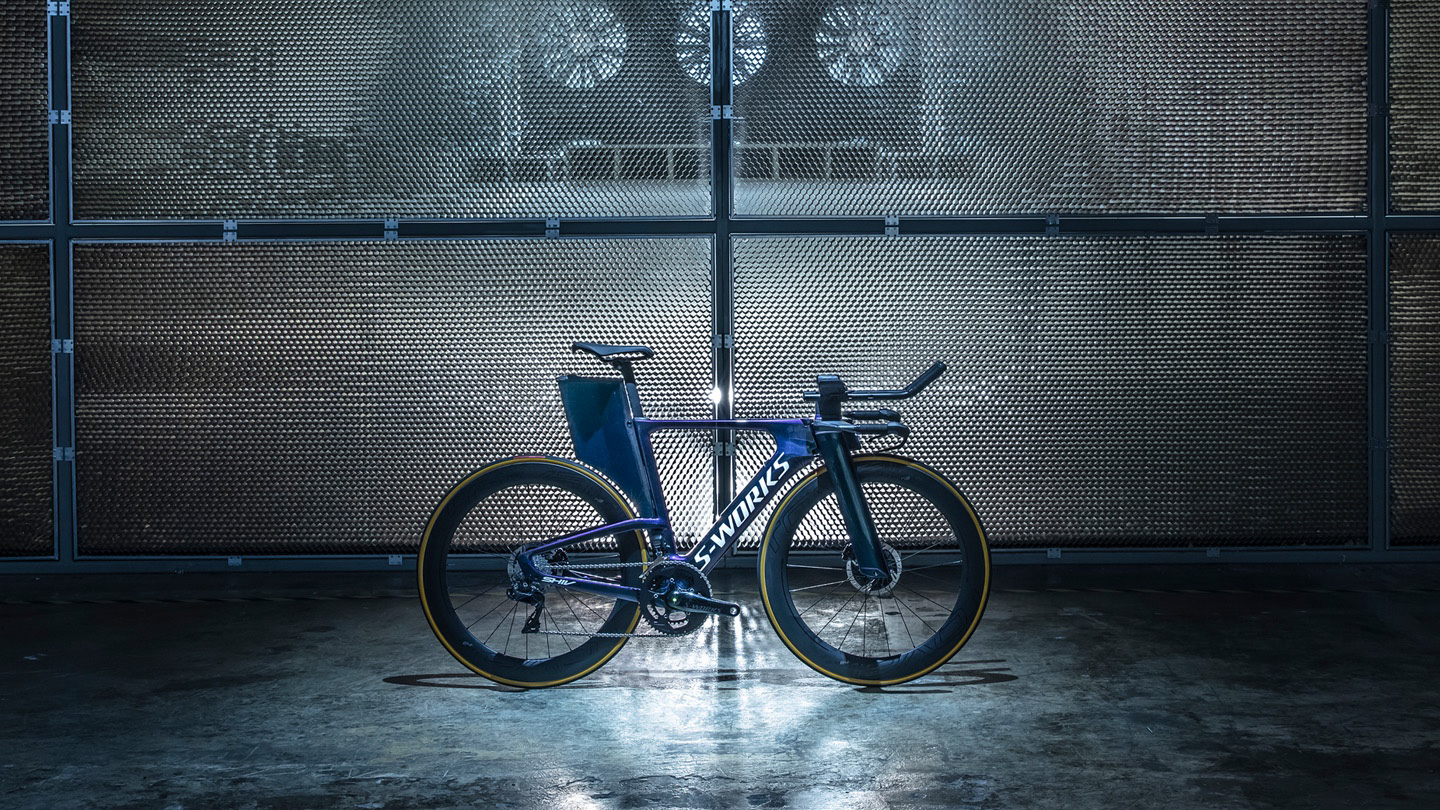Which is which? A story of aero bikes' data-driven design convergence
Is aero data making race bikes too similar, meaning manufacturers have to look elsewhere for an advantage?

The complaint that “all modern bikes look the same” has been levelled by die hard retrogrouches presumably back to the time the boneshaker replaced the venerable penny farthing. I’m not going to be so bold as to use such an all encompassing phrase, but when faced with the selection of six silhouettes above of some of the best aero road bikes it’s hard to argue there aren't some glaring similarities.
Is the relentless pursuit of performance at the very pointy end of things replacing design with engineering and, especially thanks to the confines of the UCI rulebook, at least making a good number of race bikes indistinguishable from each other? Counterintuitively this might actually be a good thing for riders though.

Historical context
If you cast your eyes back to those clips of the pro peloton in the Merckx era, an era that a lot of us hark back to as ‘the golden age’, the bikes all look significantly more similar than they do today. Aluminium had yet to make it onto the scene, let alone carbon fibre, and so skinny round tubes were the only thing available. There were undoubtedly bikes that performed better or were lighter, but in terms of a silhouette, you’d be hard-pressed to pick two bikes apart from each other. Even more so considering everyone was also running box-section rims and classic drop handlebars. The differences were all internal, be it through different tubing alloys or internal butting profiles.
The only real space for aesthetic touches was either in the paint, which was controlled by the sponsorship of the season, or through any carving of the lugs that the manufacturers opted for.
Roll forward a few decades and we have carbon fibre manufacturing that can create more or less any shape you can imagine, and to a lesser extent aluminium through hydroforming. Before the phrase ‘aero is everything’ had been adopted by every aspiring rider, we reached a point where bikes were high performance as well as being entirely distinct from one another; any one of us would be able to differentiate a Supersix Evo that Sagan piloted at Liquigas-Cannondale from the organic curves of Wiggins' Tour winning Pinarello Dogma K.
To see this evolution in action have a read of our study into the history of the Specialized Allez.
Everyone was playing within the UCI rules by this point, thanks in part to the out-there antics of Chris Boardman and his Lotus, but for the most part, the manufacturers were all singing from different hymn sheets rather than butting up against the 3:1 UCI tube ratio regulations in place at the time.
Get The Leadout Newsletter
The latest race content, interviews, features, reviews and expert buying guides, direct to your inbox!

The state of current aero bikes
Race bikes need to be fast, that’s a real no-brainer. Before manufacturers started wind tunnel testing their race bikes as a matter of course though, there were different approaches to performance. Maybe it was a giant, hyper-stiff bottom bracket for better power transfer, or maybe it was a quest for a superlight build that dominated the design conversation. Maybe it was whatever Pinarello was after with the wavy bits.
Now though, the major consideration when it comes to race bike design seems to be how well it slices through the air. If we assume we will continue to be constrained by the UCI rulebook, there is then a hypothetical ideal bike that all manufacturers are aiming for. A most aerodynamic bicycle, beyond which there can be no improvement without modifying the rules (assuming everyone is controlling for the same parameters such as yaw angle and speed).
We can see the aero offerings from several manufacturers beginning to converge on a common silhouette; kammtail tube profiles, a horizontal top tube, dropped chainstays and a heavily sculpted seat tube to allow the rear wheel to nestle in as close as possible. The six bikes in the header image above are six of today's take on aero bike design. With a bit of effort, it’s possible to tell them apart, but that effort is a symbol of the convergent bike design we've seen in recent years.
Should you be stuck, the answers can be found at the bottom of this article.

Would changing the rules help?
Calls to re-evaluate the UCI rulebook are made relatively regularly (though they do often fall on deaf ears). They mostly focus on the 6.8kg weight limit, originally introduced in the year 2000 to ensure that race bikes were strong enough following the introduction of carbon fibre, but replacing this with objective independent strength testing would certainly open up a new frontier for designers and engineers. I suspect aero would still trump low weight, though, and not really result in any meaningful change to the silhouettes we see.
Despite the 3:1 ratio being scrapped in 2016 and replaced by slightly more relaxed regulations regarding minimum and maximum tube widths, designers and engineers are still constrained by a hypothetical box, outside of which the silhouette of a frameset cannot stray.
A combination of de-regulating the silhouette of framesets (something that is rumoured to be on the cards) in addition to replacing the weight limit with objective testing could take us back to the early days of aero bikes, whereby most manufacturers worth their salt had a dedicated lightweight bike for days in the mountains, and an aero bike for flatter stages. What would riders choose on a day with a flat start and a hilly finish, the 4.8kg climbing bike or the hyper aero option that weighs almost twice as much?

Is convergent evolution actually a good thing?
We’ve been through periods when all race bikes genuinely looked the same, and we look back on that period with borderline reverence. It’s only the fact that we’ve had a taste of unusual, and dare I say slightly ugly, design flourishes of the last 20 years or so that there are calls that all bikes look the same now.
A convergence of design needn’t be a bad thing either, it just means the differences, as was the case with steel alloy compositions and butting profiles, are harder to pick out by sight. Manufacturers have to make sure their bikes sell, as well as win races, and so if their high-end bikes perform well in the wind tunnel but handle like trash it’s something they’ll have to rectify; once we reach a logical endpoint of aero, manufacturers will have to focus on other aspects of performance in order to differentiate their products from their competitors, which can only be a good thing.
We saw this recently with the new Merida Time Warp TT, which was exactly the same aerodynamically as its predecessor, but faster thanks to improvements in comfort, handling and braking performance. As with the criticism of aluminium for being harsh to ride falling by the wayside in recent years, so too is the reputation for aero bikes being uncomfortable slowly dissipating as manufacturers are forced to improve other aspects of the ride to maintain a competitive advantage.
And finally, for those trying to guess the bikes shown in the silhouettes above, the answers are as follows.
Top row, from left to right: Giant Propel, Cannondale SystemSix, Orbea Orca Aero.
Bottom row, from left to right: Ribble Ultra SLR, Merida Reacto, Canyon Aeroad.

Will joined the Cyclingnews team as a reviews writer in 2022, having previously written for Cyclist, BikeRadar and Advntr. He’s tried his hand at most cycling disciplines, from the standard mix of road, gravel, and mountain bike, to the more unusual like bike polo and tracklocross. He’s made his own bike frames, covered tech news from the biggest races on the planet, and published countless premium galleries thanks to his excellent photographic eye. Also, given he doesn’t ever ride indoors he’s become a real expert on foul-weather riding gear. His collection of bikes is a real smorgasbord, with everything from vintage-style steel tourers through to superlight flat bar hill climb machines.